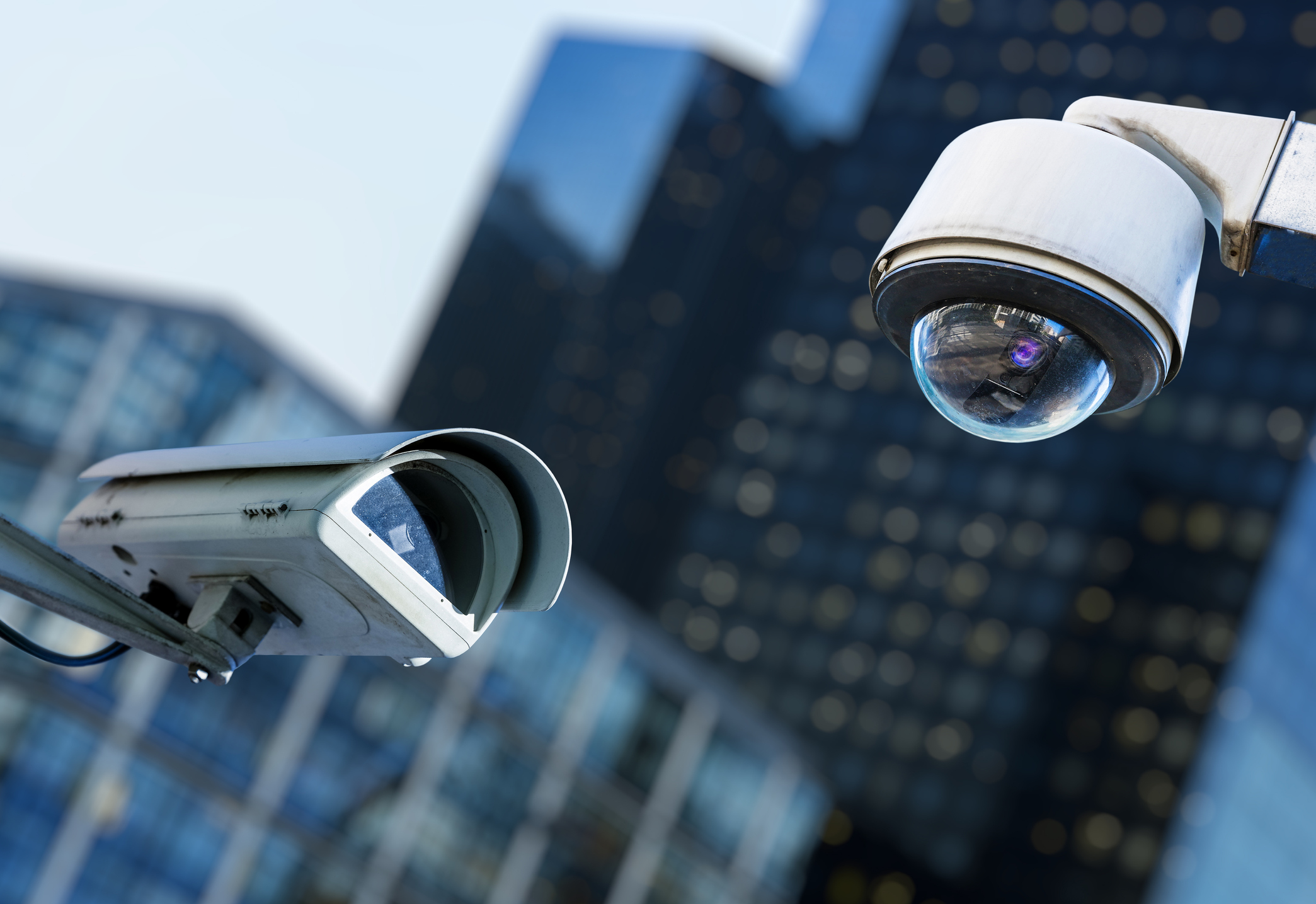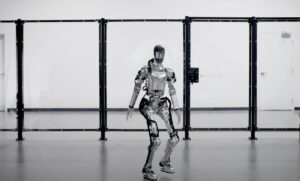Concerns Among Police Regarding AI as Surveillance Technology Expands, According to Michigan Study

Increase in Surveillance Technology Use in Michigan Law Enforcement
Local law enforcement agencies in Michigan have seen a significant rise in the use of surveillance technologies over the past decade. A recent survey from researchers at the University of Michigan revealed that, while many agencies are adopting these technologies, there remains considerable skepticism about the incorporation of artificial intelligence (AI) tools into policing practices.
Overview of the Survey
The data was collected from the Michigan Public Policy Survey, which has been tracking various aspects of local governance since 2009. This ongoing survey reaches out to all 1,856 local governments in Michigan, including leaders, law enforcement agencies, and prosecutors.
In the spring 2024 iteration, respondents—comprising local government leaders, elected prosecutors, and law enforcement officials—provided insights into their department’s utilization of tools such as body cameras, dashboard cameras, drones, automated license plate readers, and facial recognition systems. The findings showed a notable increase in the adoption of many of these technologies from 2015 to 2024.
Notable Increases in Technology Usage
The survey reported the following changes in technology use:
- Body Cameras: Usage spiked from 23% in 2015 to 77% in 2024.
- Dashboard Cameras: Increased from 55% to 74%.
- Public Surveillance Cameras: Rose from 28% to 50%.
- Drones: Jumped from a mere 3% use to 31%.
These increases indicate a broader commitment by local law enforcement to employ modern technology in their operations.
Attitudes Towards AI and Automated Tools
Despite the rise in technology use, many officials expressed doubts about the effectiveness of AI tools in their work. The survey revealed that:
General Uncertainty: 55% of local government officials were unsure whether automated assessments were more accurate than human judgments. This uncertainty is even more pronounced among specific groups, with 59% of sheriffs and police chiefs, and 66% of county prosecutors expressing the same doubts.
- Trust in AI Applications: When asked specifically about their confidence in AI technologies, only 50% of prosecutors reported having some trust in AI tools designed for identifying high-risk neighborhoods. Meanwhile, about 45% showed trust in AI applications for analyzing forensic evidence. However, confidence significantly dropped when it came to AI’s ability to conduct risk assessments regarding sentencing and parole, with only 20% showing any level of trust.
Investments in New Technologies
The report points to various local investments aimed at enhancing surveillance capabilities. For example:
- Grand Rapids Police Department: Invested nearly $100,000 in 2023 for improving its drone systems.
- Michigan State University: Following a tragic mass shooting in 2023 that resulted in the deaths of three students, the university allocated millions for implementing ZeroEyes technology. This system integrates existing surveillance cameras with AI to detect visible firearms.
Summary of Observations
The rise in technology use among Michigan’s law enforcement agencies marks an important shift toward modernization. However, the prevailing skepticism regarding AI tools suggests a need for further discussion on their effectiveness and reliability in policing. As local governments invest more resources into these technologies, understanding the balance between enhanced functionality and concerns about accuracy will be crucial for future developments in law enforcement practices.


